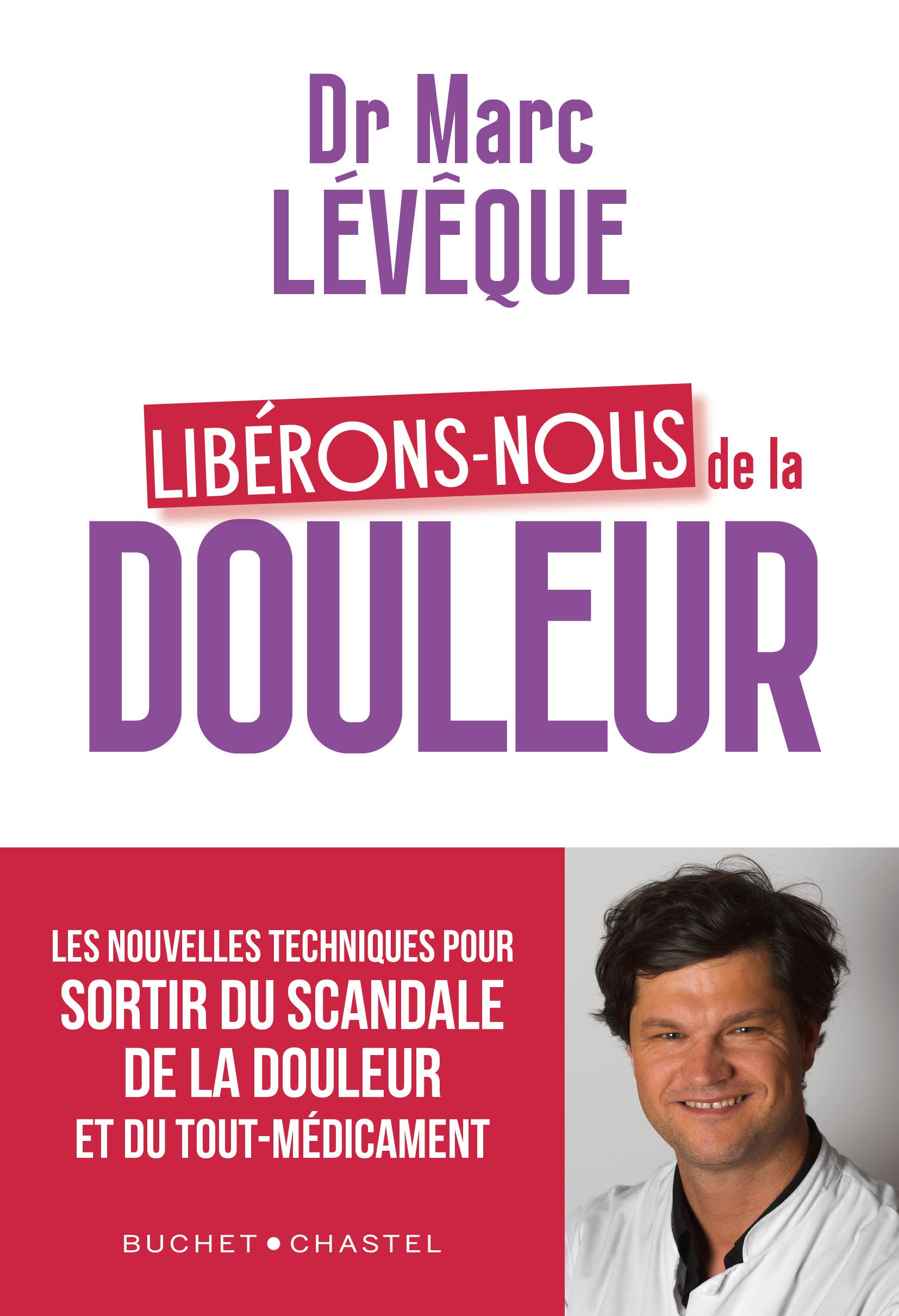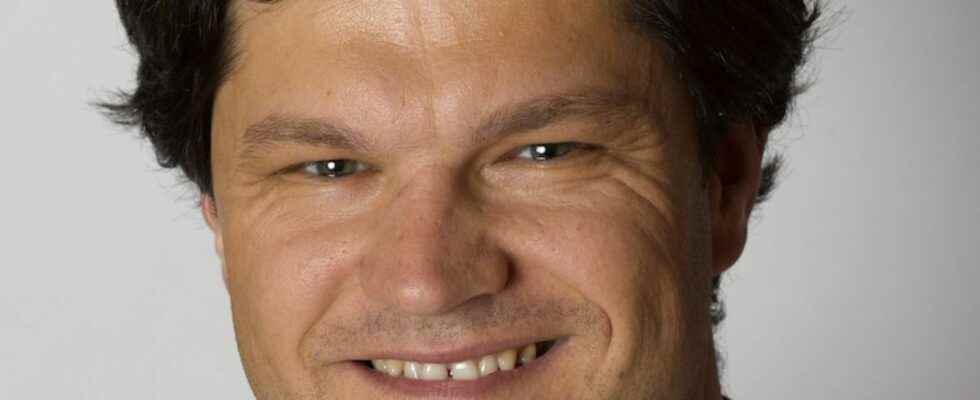Posted ,
Reading 3 mins.
A few days before the Presidential elections, Dr. Marc Lévêque, neurosurgeon and pain specialist, calls on the health authorities to ensure that pain management is no longer ignored. Faced with this real public health problem, he denounces a scandal and proposes a real revolution to help millions of patients.
Chronic pain affects 12 million of our fellow citizens and 70% remain insufficiently relieved. Only 3% are treated in pain centers. The latter are saturated (a quarter of delay on average, an eternity when one suffers) and devoid of substantial means.
Get off all medication
In addition to these anemic resources, other factors explain this distressing observation. First of all, the speciality, algology, struggles to be recognized as a discipline in its own right. While pain represents the main reason for consultation in general medicine, less than twenty specific hours of teaching are devoted to it throughout medical studies.
On the other hand, the almost systematic drug response to chronic pain should raise questions. Analgesic molecules – including morphine, antiepileptics and antidepressants – available everywhere thanks to the close network of more than 20,000 pharmacies, remain the first-line therapy in the face of this medical, but also social scourge, which is chronic pain. The difficulties of access to pain relief structures, less than 300, where therapeutic alternatives are available encourage the long-term prescription of these molecules. The health drama of the opioid crisis, masked by that of the Covid, with nearly 100,000 overdose deaths in the United States for the year 2020 alone, warns us against the large-scale and long-term prescription of morphine . The graves of Prince, Michael Jackson or Whitney Houston are the most visible of a gigantic cemetery where now lie half a million Americans.
Opioid crisis
The situation in our country is not comparable, but the evolution is there: the number of deaths by prescribed opioids has tripled in recent years. Since February, pregabalin (Lyrica), a star antiepileptic in the treatment of neuropathic pain, has been treated as a narcotic because of its increased risk of misuse. Long-term antidepressants also have their share of effects on the psyche, weight or libido. These various psychotropic drugs, with low efficacy in this indication, also hold their share of responsibility in the 80 million working days altered by chronic pain. Concentration or psychic disorders, such as “the impression of no longer being oneself”, or even the risks associated with driving a car, can have social and professional consequences for thousands of individuals even though the relief of pain does not is not systematic.
Faced with this observation, focal treatments – whose action is localized – which have the advantage of preserving the faculties of the individual, should be preferred. This is made possible with the development of new weapons in neuropathic pain such as capsaicin patches – a powerful pepper – or micro-injections of botulinum toxin: treatments still confined to pain centers whose accessibility problems we have mentioned.
Consult a GP online
“It is estimated that 5% of patients who could benefit from cutaneous electrostimulation who have access to it”
Another advance, as striking as it is silent, is that of neuromodulation, in other words all the devices capable of electrically scrambling the painful message. The dazzling advances in electronics have considerably benefited implanted neurostimulation tools, such as spinal cord stimulation, also known as medullary, or external neurostimulation, such as transcranial magnetic stimulation or cutaneous electrical stimulation (TENS). The latter, effective, devoid of adverse effects, can unfortunately only be prescribed by rare doctors or within a painkiller structure. It is now considered that 5% of patients who could benefit from it have access to it…
With regard to transcranial stimulation, which significantly relieves about one out of two patients, it is still not reimbursed in our country; a real hindrance to its development. As for spinal cord stimulation, which is remarkably effective, its distribution remains limited, less than two thousand patients benefit from it each year, ie, compared to the population, five times less than our Belgian neighbours.
Other non-drug therapies – with scientifically validated utility – such as adapted physical activity (APA), cognitive-behavioral therapy (CBT), hypnosis, mindfulness meditation or music therapy have, in addition to undeniable analgesic effects, many desirable effects! Here again, access to them is often only possible through pain relief structures or at the patient’s expense.
Loneliness, overweight, sedentary lifestyle and senescence will continue to blow on our societies and accentuate this burden of pain. Finally, we must be able to offer a culture other than that of medicine.

